5 times where top players had to wear a mask
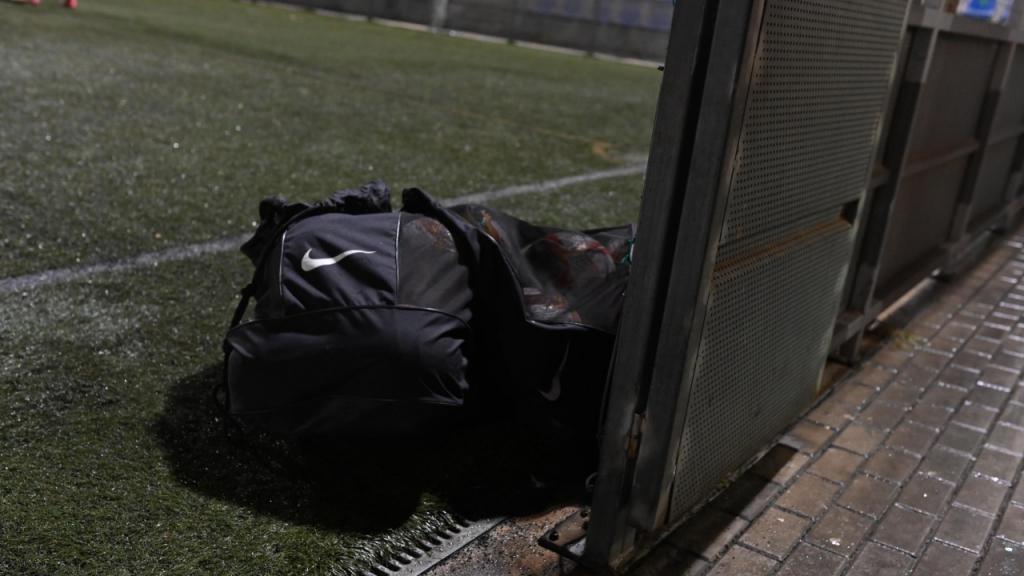
Injuries are a big part of the game. Managing fitness levels and injuries plays a big role in who wins the league, as shown by Arsenal throwing the title away in 2023 when Saliba got injured.
1 year ago
Because of this, a lot of money goes into sport science and the medical side of things. It also leads to unique protective measures.
Many will have recently seen Kylian Mbappé wear a mask at the Euros and wonder if that’s a normal protective item. Well, it is! Facial masks are sometimes actually required for players to continue participating, or just for preventing any injury.
Franck Ribéry, the French winger, famously wore a mask in 2014 after he fractured his nasal bone during a match. Ribéry's mask was designed to protect his nose while allowing him to maintain his aggressively attacking style of play.
This was actually very important for Bayern Munich's success that season. The mask was made of carbon fibre (meaning it was super lightweight). Ribéry suffered with different injuries throughout the season and even missed the Euros that year, but the mask helped him rack up 21 appearances for Bayern that season.
In 2013, Fernando Torres of Chelsea FC had to wear a mask after he broke his nose during a Europa League match against Steaua Bucharest. The mask allowed Torres to continue playing without risking further injury, and he clearly adapted quickly to the custom-fit mask because he had some strong performances.
Croatian defender Josko Gvardiol wore a mask during the 2022 FIFA World Cup after suffering a facial injury. Gvardiol sustained a broken nose and facial injuries following a collision with his teammate Willi Orban while playing for RB Leipzig. Despite the injury, the mask allowed him to play in the World Cup, and he took Croatia to a highly respected third place.
In 2015, Robert Lewandowski of Bayern Munich wore a mask after a collision left him with a broken nose and jaw. The mask protected Lewandowski while he continued to score goals (even with his head) and lead Bayern to a Bundesliga title despite his injuries. In the end, Robert had netted 25 league goals that season, according to Sportsmole.
Real Madrid's Sergio Ramos is no stranger to injuries. In 2017, he wore a mask after breaking his nose during a match against Atlético Madrid. Ramos' mask allowed him to play his usual aggressive style and maintain his leadership on the pitch. This was the season that Ramos led Madrid to a Champions League title, beating Liverpool in the final.
Wearing a mask in football is more than just a protective measure; it’s a testament to a player's determination to continue playing. It often goes understated just how many players continue playing through an injury, but that’s because we cannot see all the niggles and tweaks in players’ ankles and knees. But, instances of top players like Mbappe wearing a mask helped show the world the kinds of struggles these players continue to play through.
Many will have recently seen Kylian Mbappé wear a mask at the Euros and wonder if that’s a normal protective item. Well, it is! Facial masks are sometimes actually required for players to continue participating, or just for preventing any injury.
Franck Ribéry, the French winger, famously wore a mask in 2014 after he fractured his nasal bone during a match. Ribéry's mask was designed to protect his nose while allowing him to maintain his aggressively attacking style of play.
This was actually very important for Bayern Munich's success that season. The mask was made of carbon fibre (meaning it was super lightweight). Ribéry suffered with different injuries throughout the season and even missed the Euros that year, but the mask helped him rack up 21 appearances for Bayern that season.
In 2013, Fernando Torres of Chelsea FC had to wear a mask after he broke his nose during a Europa League match against Steaua Bucharest. The mask allowed Torres to continue playing without risking further injury, and he clearly adapted quickly to the custom-fit mask because he had some strong performances.
Croatian defender Josko Gvardiol wore a mask during the 2022 FIFA World Cup after suffering a facial injury. Gvardiol sustained a broken nose and facial injuries following a collision with his teammate Willi Orban while playing for RB Leipzig. Despite the injury, the mask allowed him to play in the World Cup, and he took Croatia to a highly respected third place.
In 2015, Robert Lewandowski of Bayern Munich wore a mask after a collision left him with a broken nose and jaw. The mask protected Lewandowski while he continued to score goals (even with his head) and lead Bayern to a Bundesliga title despite his injuries. In the end, Robert had netted 25 league goals that season, according to Sportsmole.
Real Madrid's Sergio Ramos is no stranger to injuries. In 2017, he wore a mask after breaking his nose during a match against Atlético Madrid. Ramos' mask allowed him to play his usual aggressive style and maintain his leadership on the pitch. This was the season that Ramos led Madrid to a Champions League title, beating Liverpool in the final.
Wearing a mask in football is more than just a protective measure; it’s a testament to a player's determination to continue playing. It often goes understated just how many players continue playing through an injury, but that’s because we cannot see all the niggles and tweaks in players’ ankles and knees. But, instances of top players like Mbappe wearing a mask helped show the world the kinds of struggles these players continue to play through.

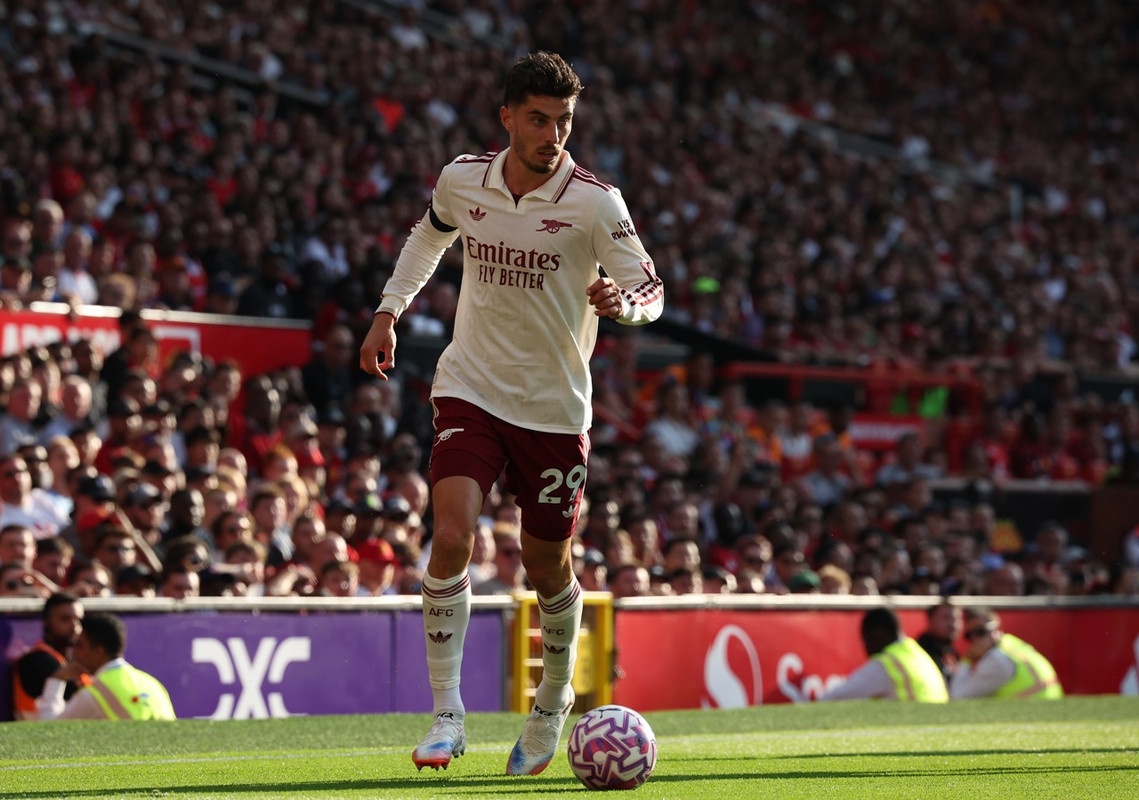
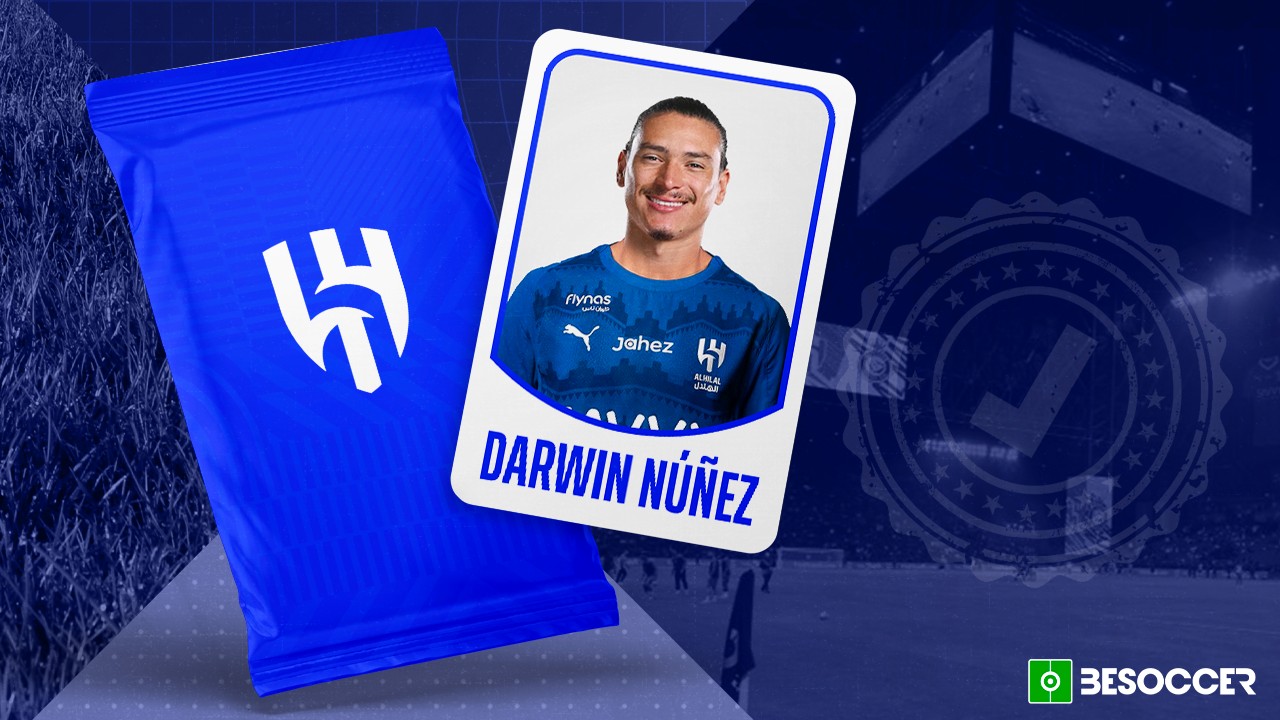
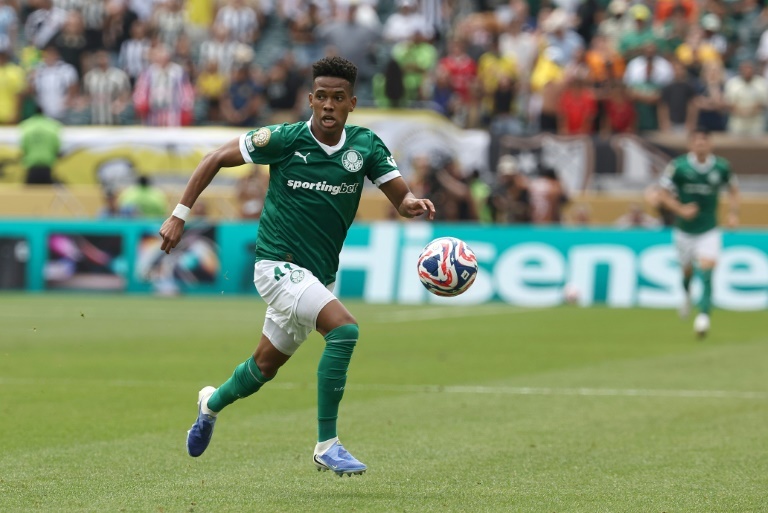
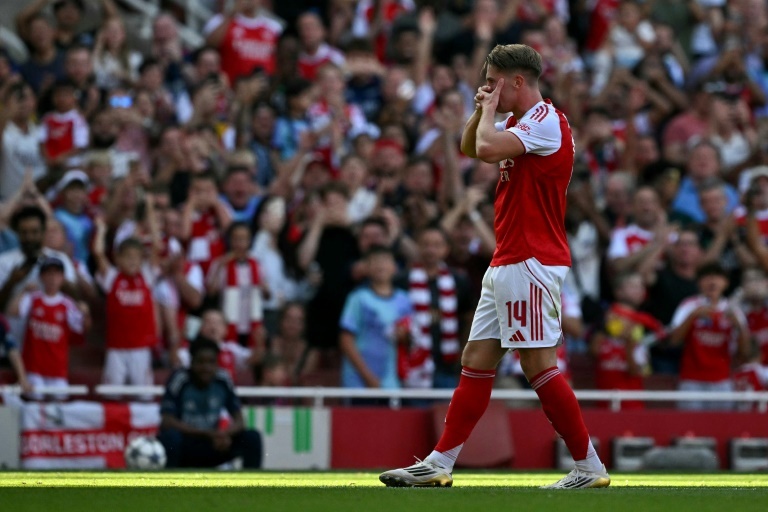
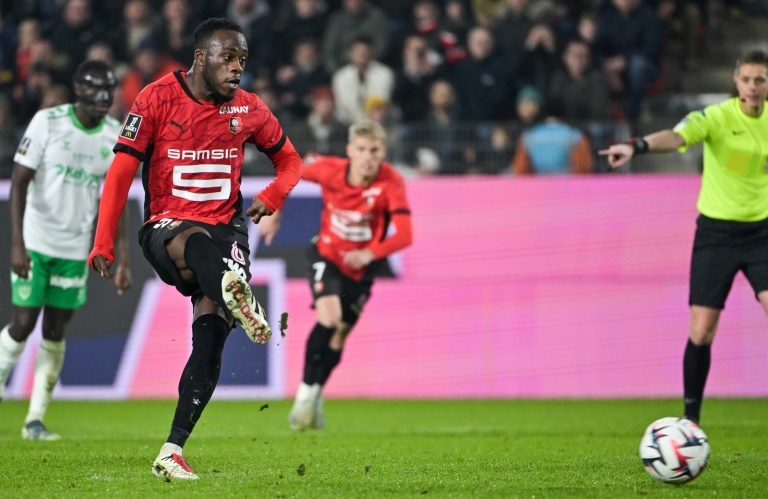
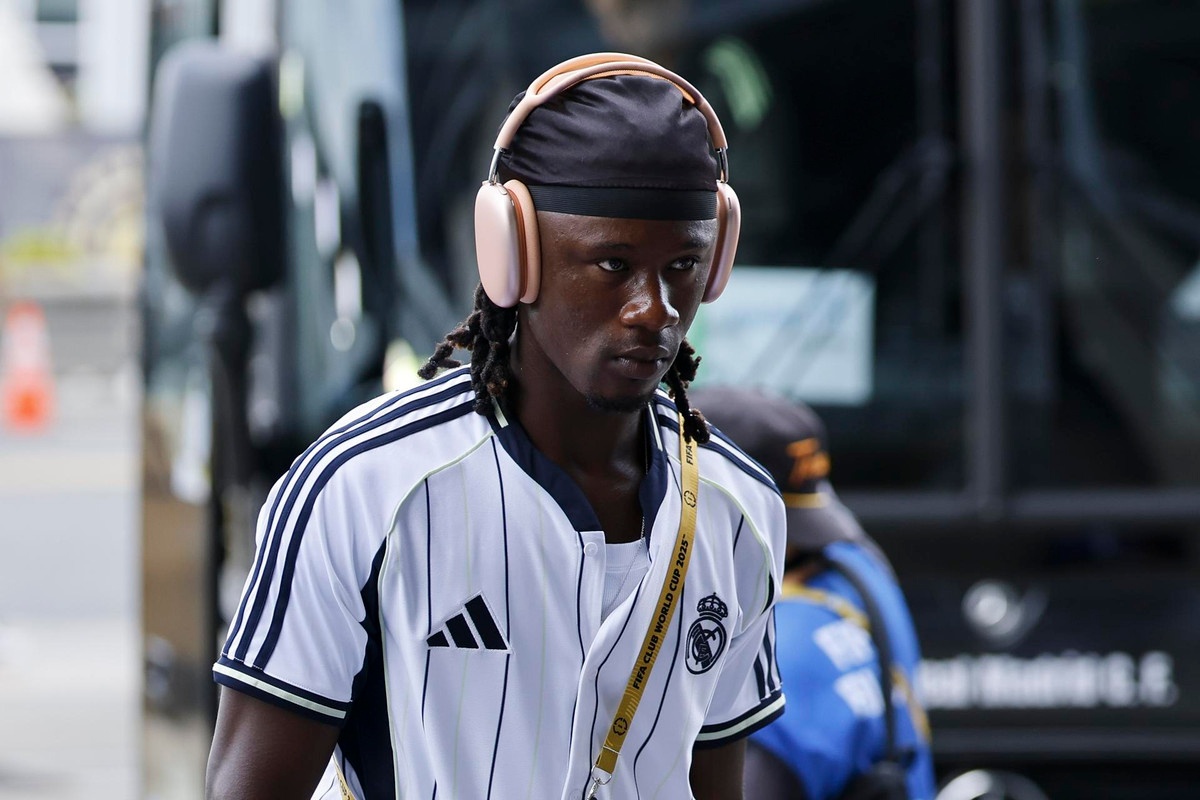
Comments